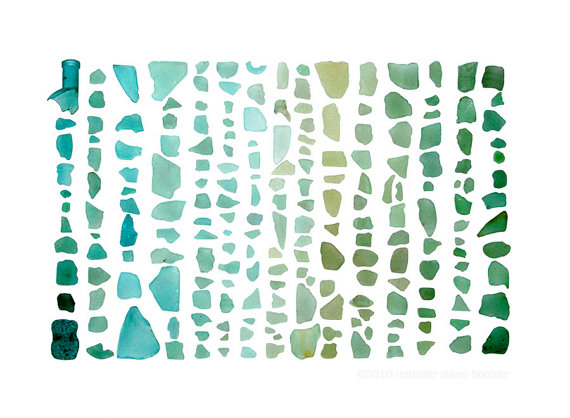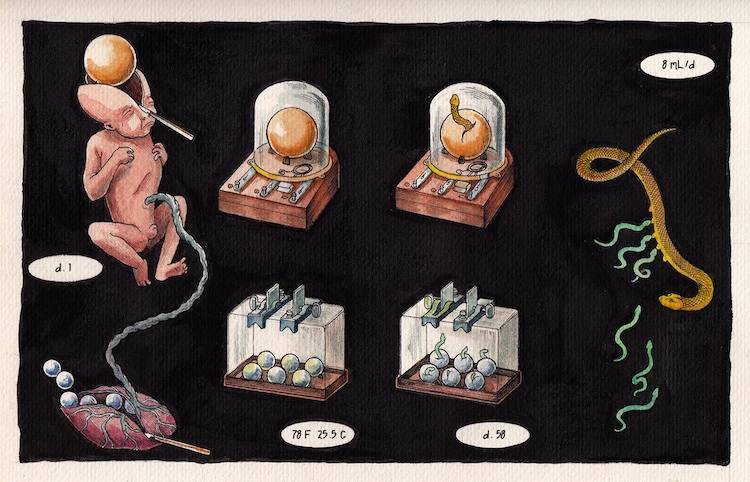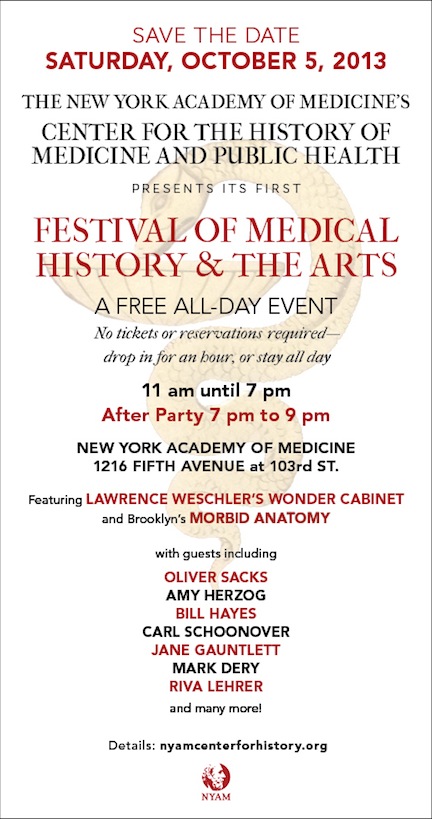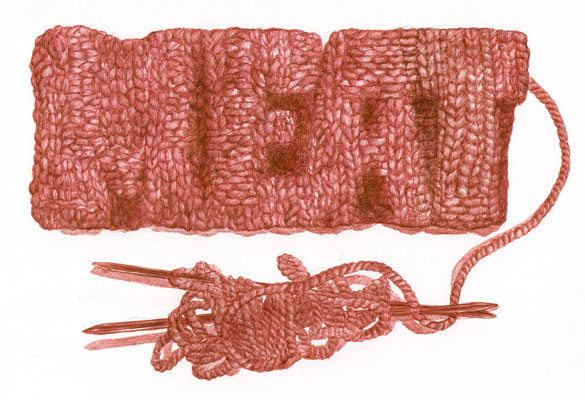Last year I posted this essay on the awe-inducing power of murmurations, in which I mused on the relationship between awe and fear:
When I’m lucky enough to witness dramatic natural phenomena (or even something as quotidian as an undiluted, infinitely deep, mountain night sky – c.f. Hungry Hyaena, on the Hubble telescope), I’m struck by an overwhelming sense of immensity, mystery, and awe-fulness. . . murmurations, starry skies, and similar phenomena tend to make us less conscious of our bodies, blurring scale and time, reminding us how insignificant we are: an effect viewed by many as profoundly spiritual and sublime.
Last week, I ran across this Atlantic article on the experience of awe, which touches on the same themes — particularly the concept of “perceptual vastness”:
It can be hard to generalize what people consider jaw-dropping, but Vohs says research demonstrates what consistently creates an awesome experience. Travel ranks high. So does gazing at the cosmos on a clear night or watching a sensational film, as well as anytime we encounter massive quantities: colorful tulips in bloom, a bustling market in India, or a stunning school of fish.
Novelty and perceptual vastness forces us into the present moment. The study underscores the importance of cultivating small doses of awe in the everyday to boost life satisfaction.
“Awe is quite threatening in certain ways, and something that is challenging and unwelcome can border on fear,” says Vohs, recalling an astonishingly big fish he saw while swimming in the ocean. “It was giant—no big teeth, and it seemed like a gentle soul just floating in the water—but still!” (source)
My reaction to the Atlantic article was pretty mixed. Most of us probably agree that “perceptual vastness” is awe-inducing — that’s why the starry night example is so commonly used. I agree that proximity to a giant, silent fish could totally be awe-inducing (whale-watching is, for sure). But watching a film? Looking at flowers, a market, parades? These things are visually stimulating and novel, but I don’t think they are awe-inducing.
And that made me realize to my surprise that I rarely find art, literature, drama or music “awe-inducing.” I find these things delightful, exhilarating, and thought-provoking, but I’m far more likely to be awestruck by nature, or by modern architecture, like bridges, skyscrapers, or airplanes, because I can’t grok the physical forces and scales involved in creating those things. I’m awestruck when I see manmade structures in satellite view, like the wrecked Costa Concordia. (Indeed, in his post on the Costa Concordia, Clive Thompson attributed the uncanny, eerie effect to a sort of perceptual vastness, to “the sheer immensity of the ship; it’s totally out of scale.”) And I’m awestruck by molecular biology, which is probably what attracted me to it in the first place.
So for me, at least, awe seems to be primarily about “perceptual vastness,” more specifically about bumping up against the edges of what my brain is adapted to understand. But I imagine the experience of awe is not quite the same for everyone.
What is awe-inducing, for you? What is awe, to you? Isn’t that a great question with which to begin the New Year?




